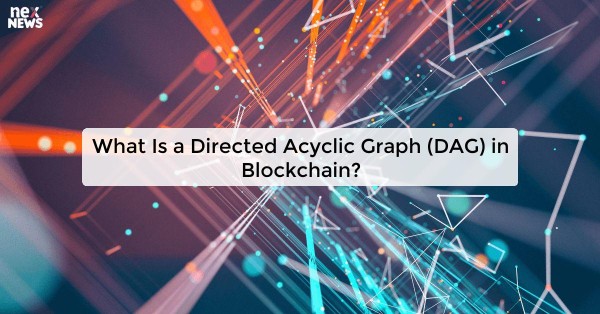The Basics of Directed Acyclic Graphs (DAGs)
Directed Acyclic Graphs, commonly referred to as DAGs, are data structures that consist of vertices and directed edges connecting these vertices. The term "acyclic" signifies that there are no cycles or loops in the graph, preventing any endless paths that would hinder traversal. Each vertex in a DAG typically represents a transaction or event, while the directed edges denote the relationship or dependency between these transactions.
These graphs follow a specific ordering principle, ensuring that data flows in a single direction without any possibility of revisiting a vertex through a different path. This unidirectional characteristic is pivotal in various applications, especially in blockchain technology, as it allows for efficient validation and verification of transactions. DAGs offer a flexible and scalable approach to organizing data, making them a suitable choice for decentralized systems where consensus mechanisms rely on the orderly arrangement of data transactions.
Understanding the Structure of a DAG in Blockchain Technology
One of the key components of Directed Acyclic Graphs (DAGs) in blockchain technology is the non-linear structure they employ. Unlike traditional linear blockchains, where blocks are linked in a sequential chain, DAGs allow for multiple transactions to be processed concurrently. This structure enhances scalability and transaction speed, as there is no need to wait for a single block to be validated before proceeding with the next set of transactions.
In a DAG-based system, each transaction is linked to multiple previous transactions, forming a web-like structure. This connectivity enables a more efficient validation process, as transactions can be confirmed by referencing multiple previous transactions rather than relying on a single chain of blocks. Furthermore, the lack of a single, linear chain in a DAG means that transactions can be processed in parallel, leading to improved throughput and reduced congestion in the network.
How DAG Differs from Traditional Blockchain Technology
Directed Acyclic Graphs (DAG) differ significantly from traditional blockchain technology in terms of their underlying structure and consensus mechanism. Unlike the linear chain structure of blockchains, DAGs branch out in multiple directions, allowing for greater scalability and faster transaction speeds. In DAG, each transaction is linked to multiple previous transactions, creating a web-like structure that enables parallel processing and eliminates the need for miners to validate transactions.
Moreover, DAG does not rely on the concept of blocks and miners for verification and confirmation of transactions. In a traditional blockchain, miners compete to validate transactions and add them to the next block in the chain. However, in a DAG network, each transaction carries out a small amount of validation work itself, leading to a more decentralized and efficient consensus mechanism. This novel approach in DAG eliminates the need for energy-intensive mining processes and reduces the risk of centralization that is often associated with traditional blockchain networks.
The Advantages of Using DAG in Blockchain Networks
Directed Acyclic Graphs (DAG) offer several advantages when implemented in blockchain networks. One key benefit is the potential for increased scalability compared to traditional blockchain structures. In a DAG-based system, transactions can be processed asynchronously and in parallel, leading to faster throughput and enhanced network performance. This can help address the scalability issues that have plagued some blockchain platforms.
Another advantage of utilizing DAG in blockchain networks is improved efficiency in transaction validation. With DAG, each new transaction independently verifies two previous transactions, eliminating the need for miners and reducing the overall computational power required for achieving consensus. This can result in lower transaction fees and reduced energy consumption, making DAG-based systems more environmentally friendly and cost-effective for users.
The Role of DAG in Achieving Consensus in Decentralized Systems
Directed Acyclic Graphs (DAG) play a crucial role in achieving consensus within decentralized systems. Unlike traditional blockchain networks that rely on a linear chain of blocks, DAG employs a more complex structure where each transaction verifies two previous transactions. This allows for faster transaction confirmation times and increased scalability, making it an attractive option for decentralized systems aiming to achieve widespread consensus efficiently.
Furthermore, the use of DAG in decentralized systems helps to mitigate the issues of scalability and high energy consumption that can be associated with traditional blockchain networks. By eliminating the need for miners to solve complex mathematical puzzles, DAG reduces the resources required to validate transactions and reach consensus. This streamlined approach not only promotes a more sustainable network but also enhances the overall speed and efficiency of transactions across the decentralized system.
